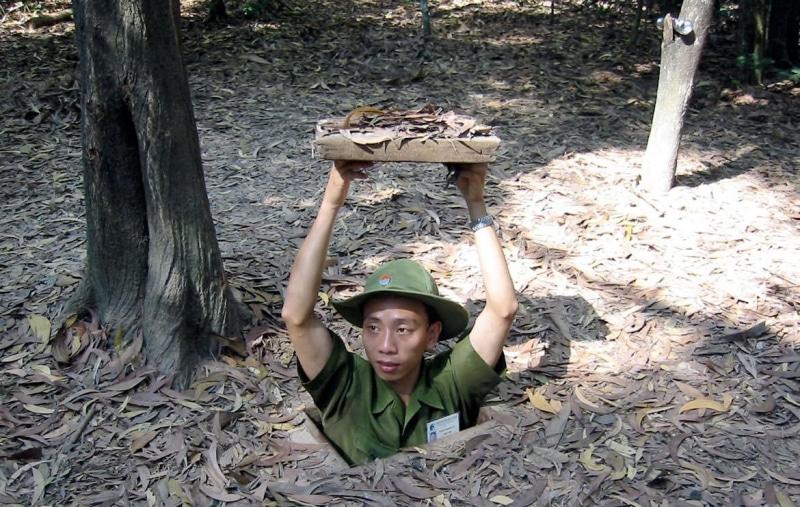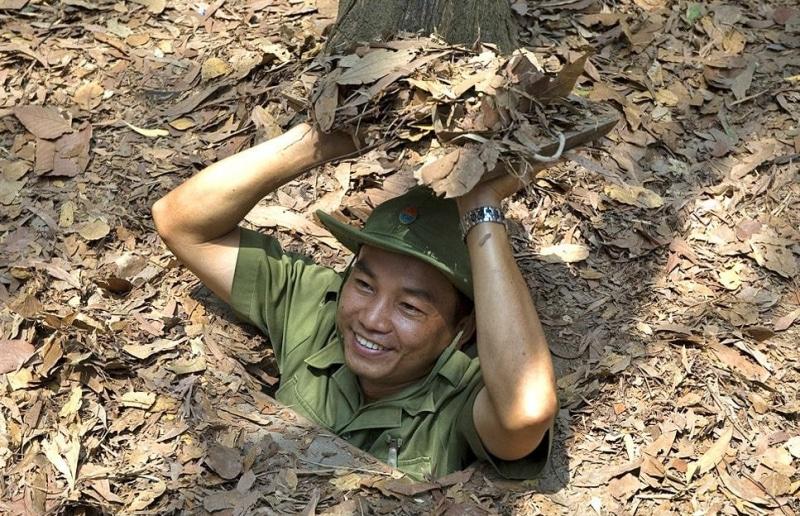Chu Chi Tunnels
Removed from Unnamed collection





Source: Glasgow Better Adventure Images may be subject to copyright. Learn More
The Cu Chi Tunnels, nestled in Ho Chi Minh City, are part of an extensive war museum that offers a fascinating glimpse into the underground life of Vietnamese soldiers dating back to 1948. Imagine this: over 120 kilometers of tunnels beneath your feet. These tunnels are not just passageways; they housed trapdoors, living quarters, kitchens, storage facilities, armories, hospitals, and even command centers. After the war against the French, the Vietnamese soldiers expanded these tunnels and ingeniously added air filtration systems, enabling them to survive the intense carpet-bombings of Cu Chi.
Today, this site stands as one of Ho Chi Minh City's most iconic attractions, drawing curious visitors from around the globe. There are plenty of activities to enjoy during your visit. A must-try is navigating the narrow routes of the underground tunnel system. Before you head underground, there's a short film that gives you a better understanding of how the tunnel network functioned. Parts of the Cu Chi Tunnels have even been cemented and widened, making the crawl a bit more comfortable than it would have been back in the day.
While you're there, don't miss the chance to try some traditional Vietnamese food at the local eateries nearby. The area is also a great spot to learn about Vietnam's rich history, offering a deeper appreciation for the resilience and ingenuity of its people. Whether you're a history buff or just looking for an unforgettable experience, the Cu Chi Tunnels are a must-visit on your Vietnamese adventure.
 Glasgow Better Adventure
Glasgow Better Adventure  Vietnam
Vietnam